The content of the article
It is always a pleasure to serve your table with sparkling cutlery, which bring a special spirit of solemnity even during a usual feast. Stainless steel products are very practical and durable. Of course, besides everyday life, they can be suitable for a special occasion, but the silver set of spoons, forks and knives looks very presentable. Not every seven in the house have cutlery made of precious metals, but very often there are objects from cupronickel - an excellent substitute for silver, which in appearance looks almost no different from a silver counterpart. Cupronickel cutlery set is an excellent solution for serving a festive table, however, there is one drawback - over time they are susceptible to oxidation processes, which is why they become covered with an ugly dark coating. How to give them former expressiveness? You can find the answer to this question in this article.
Why is nickel silver cutlery so popular
For the first time cupronickel items gained popularity back in the last century, when silver items from poorer aristocrats no longer had enough savings, and it was necessary to keep their status. It was then that an alloy of copper, nickel, manganese and iron began to be used for the manufacture of cutlery. Based on external characteristics, no experienced craftsman could have imagined that in front of him is just an analogue of a noble metal - spoons and forks shone so brightly, completely repeating the shade of silver.
The real composition of the alloy could be understood only with a thorough examination or laboratory tests - copper, which is an easily oxidizable metal, quickly reacted with other substances, and an ugly dark film formed on the surface. Exactly the same reaction occurs with oxygen, due to the long storage of cupronickel cutlery. Neither nickel nor manganese helps to maintain stability. The result is one - the spoons sparkle only for a while, and then the oxidation process begins. Therefore, in order to serve the table with shining spoons, you must first start cleaning them.
Attention! Never use this method to clean cupronickel spoons!
Cupronickel is a very delicate alloy that is damaged by one awkward movement and becomes completely unusable when interacting with abrasive substances. If you want to save the cutlery for yourself, and then also pass on the inheritance to your children, never clean the spoons and forks with a wire brush, sand or other abrasive substances. You have to understand one thing - a dark film is the result of a chemical reaction, therefore it should be removed from it using chemicals. Keep away all hard, scraping objects and take note of our most effective tips!
Effective ways to clean cupronickel spoons
- Salt. To clean simple spoons without embossed, you can use the most common salt. It is able to corrode sediment, which will give your devices the original shine and sparkle. In order to put this method into practice, it is necessary to use finely ground salt, and clean the spoons in this way immediately after the reaction has begun.
- Soda. This method, unlike salt, is several times more effective, therefore it can be used to clean devices that have been idle for a long time.Wipe soda preferably with slightly damp spoons that do not have marked reliefs. If there are deep cavities, then it will be more difficult to clean them, so you need to pay attention to another, more suitable method for this.
- Sodium thiosulfate. This drug can be safely put on the first place for clarification of cupronickel spoons. A composition containing chemical compounds reacts with a darkened layer and quickly discolors it and then “eats” it. Sodium thiosulfate can be found in a pharmacy, it costs a mere penny, and is sold without a prescription. In order to clean the spoons with this effective preparation, it is necessary to apply the solution on a cotton swab and wipe the cutlery. It is noteworthy that dark plaque is removed even from the deepest crevices, which cannot clean salt and soda. Sodium thiosulfate is washed off with plain water and does not cause any harm to humans.
- Soda. This method belongs to the folk, as it was found by chance, as a result of everyday experiments. Sparkling water (colo, sprite, sevenap), contain in its composition a certain ingredient that negatively affects the resulting film. If you want to give your spoons from cupronickel the former shine and sophistication, you need only a few minutes to lower them into soda.
- Water from boiled eggs. There is another method that you can use while cooking holiday dishes. Boiled eggs are an indispensable ingredient in numerous salads or cold snacks, so you do not have to cook hard-boiled eggs specifically for this. In the remaining water from the eggs, put cupronickel spoons, boil for several minutes. After a certain amount of time, you will notice how the cutlery again sparkles with beauty and brilliance.
- Soda and metal foil. An excellent recipe for clarification of cupronickel spoons is offered by the journal Chemistry and Life. To do this, you will need a few pieces of foil (preferably from a roll), soda and a deep pan that will contain all the cutlery. At the very bottom, put crushed pieces of foil, then spoons and cover everything with soda. Pour water and boil. As a result, you will receive the purest appliances, which will not be ashamed to decorate the most solemn holiday.
If you still doubt that cupronickel spoons can be cleaned in such ways, rather check everything in practice! The result will exceed all expectations!
Video: how to quickly clean cupronickel

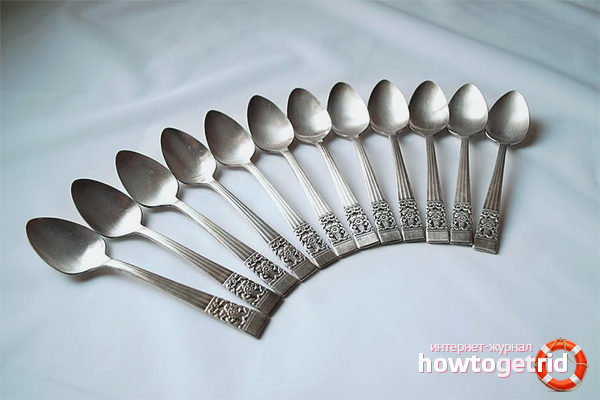
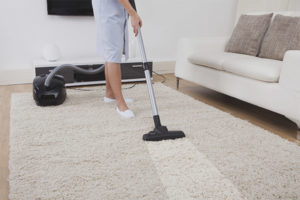
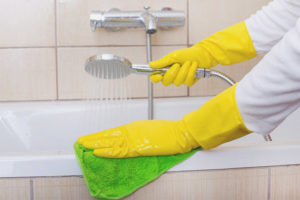
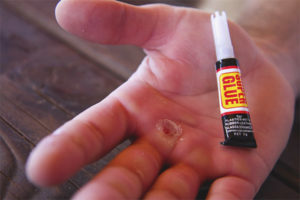
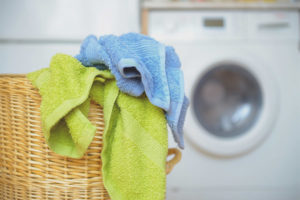
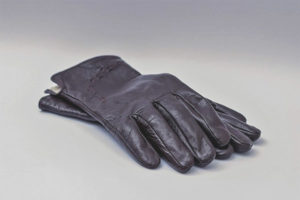
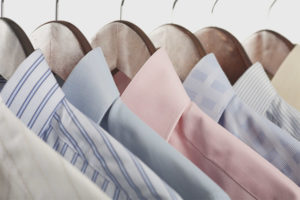

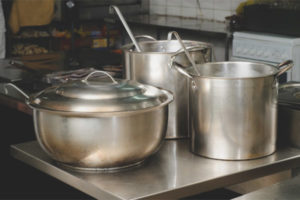
Submit